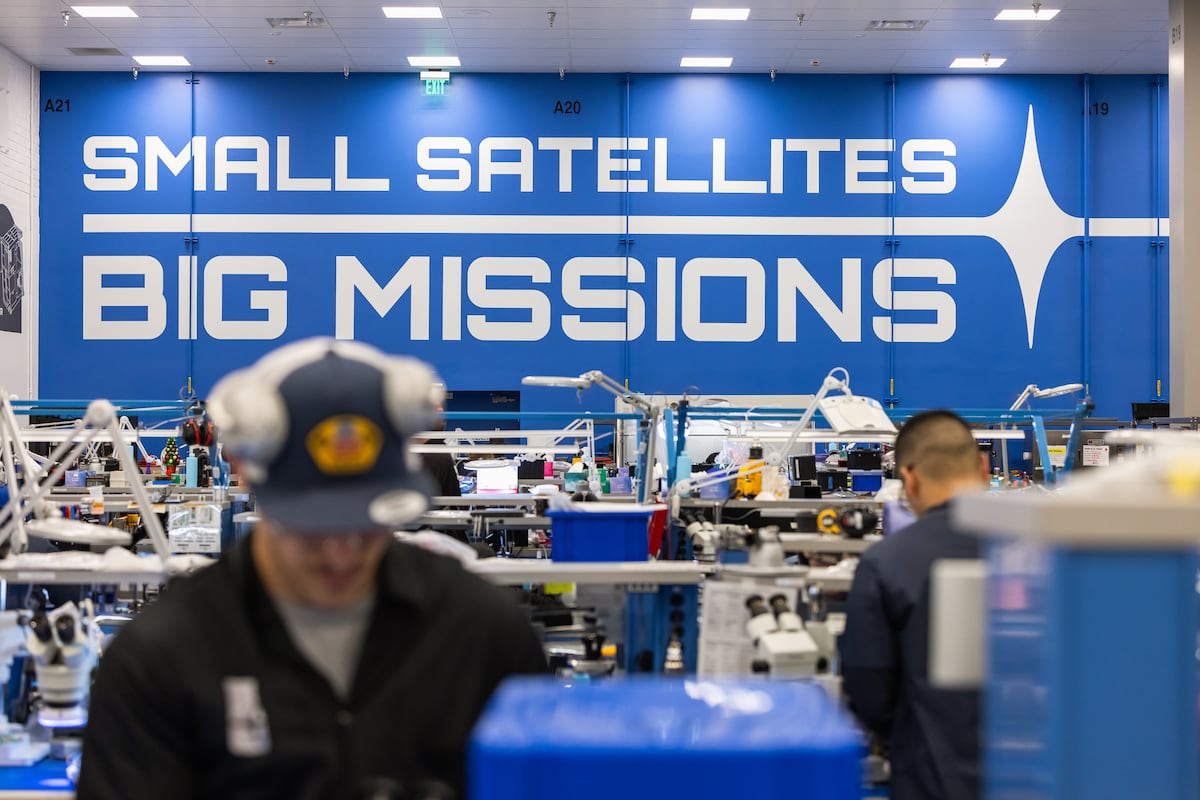The Pentagon’s IT agency will lose nearly 10 percent of its total staff as part of the Trump administration’s push to slash the federal workforce, the agency’s director told senators Wednesday. But the workforce reduction may have its upsides.
“It’s giving us an opportunity to ruthlessly realign and optimize how we are addressing what is an evolving mission,” Lt. Gen. Paul Stanton, director of the Defense Information Systems Agency, said during a Senate Armed Services Committee hearing Wednesday.
The agency has about 20,000 employees—just over half are contractors, about 6,800 are DOD civilians, and 1,200 are active-duty military.
The cuts could help better match workers with roles for which they’re better suited, Stanton said.
“Things like the multi-partner environment and initiatives like DoDNet are driving our workforce to perform roles that they hadn’t previously,” he said. “And so we are doing a realignment, and we’re going back to the department to ask for what we refer to as a surgical rehiring. We need to hire the right people back into the right positions to then lead us forward.”
Sen. Jacky Rosen, D-Nev., said while efficiency is important, workforce cuts can have long-term ramifications.
“We understand we want to streamline, do things better—we’re going to do things better with computing, for sure. But that can have an impact on both our future, recruitment, retention, morale, which is key to maintaining our readiness and preparing for the future,” Rosen said, adding that working in the private sector typically pays more.
Defense Secretary Pete Hegseth recently cancelled several IT consulting contracts, including one for help desk services similar to the one DISA offers. Stanton said the agency already reviews contracts to keep pace with current technologies.
“Our contracts are aligned to the highly technical IT and cybersecurity workforce. They’re not consulting contracts. These are individuals that are putting hands on keyboards, that are running fiber optic cables, that are performing server maintenance in a global footprint, and our contracts are healthy and are in a good spot,” Stanton said. “The impetus and drive from the department is, however, forcing our industry partners to evaluate how they are presenting their technical force to us, and we’re gaining some efficiencies in the process.”
Read the full article here








Leave a Reply